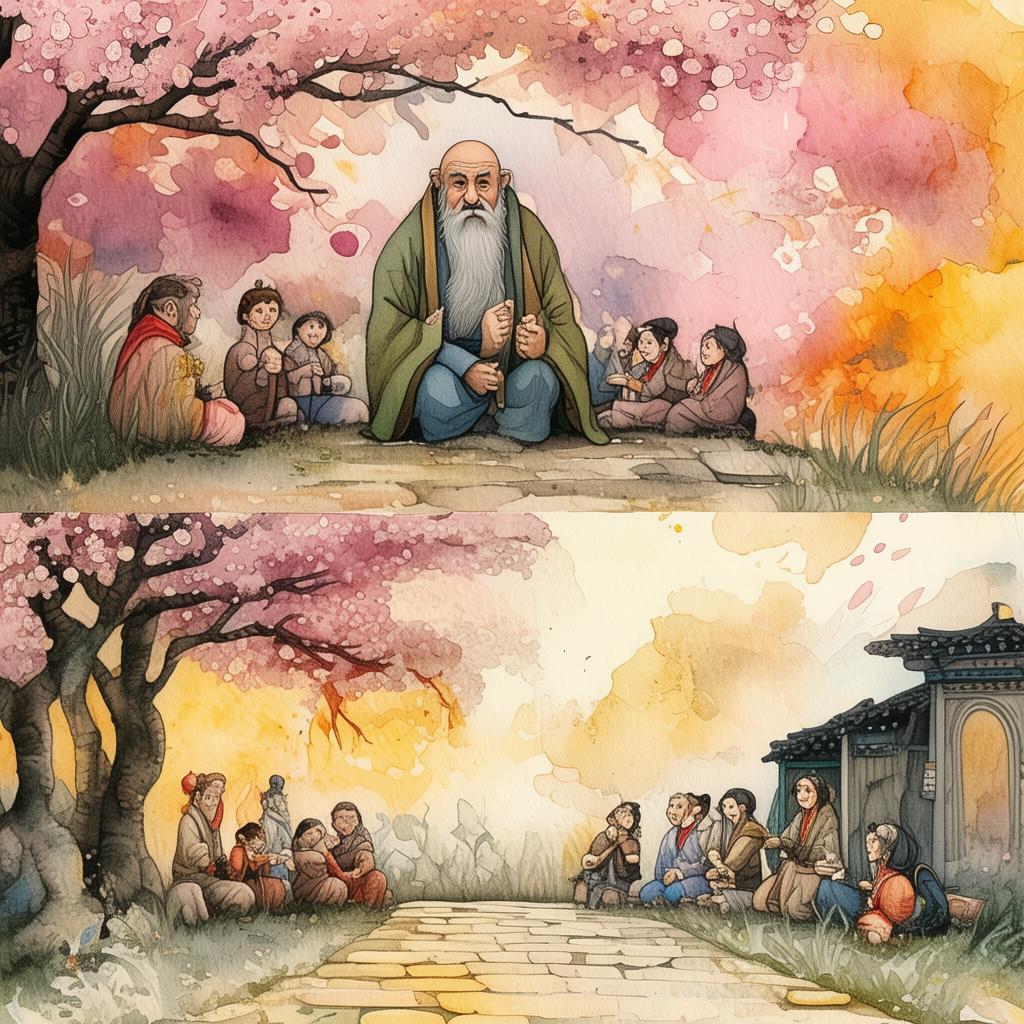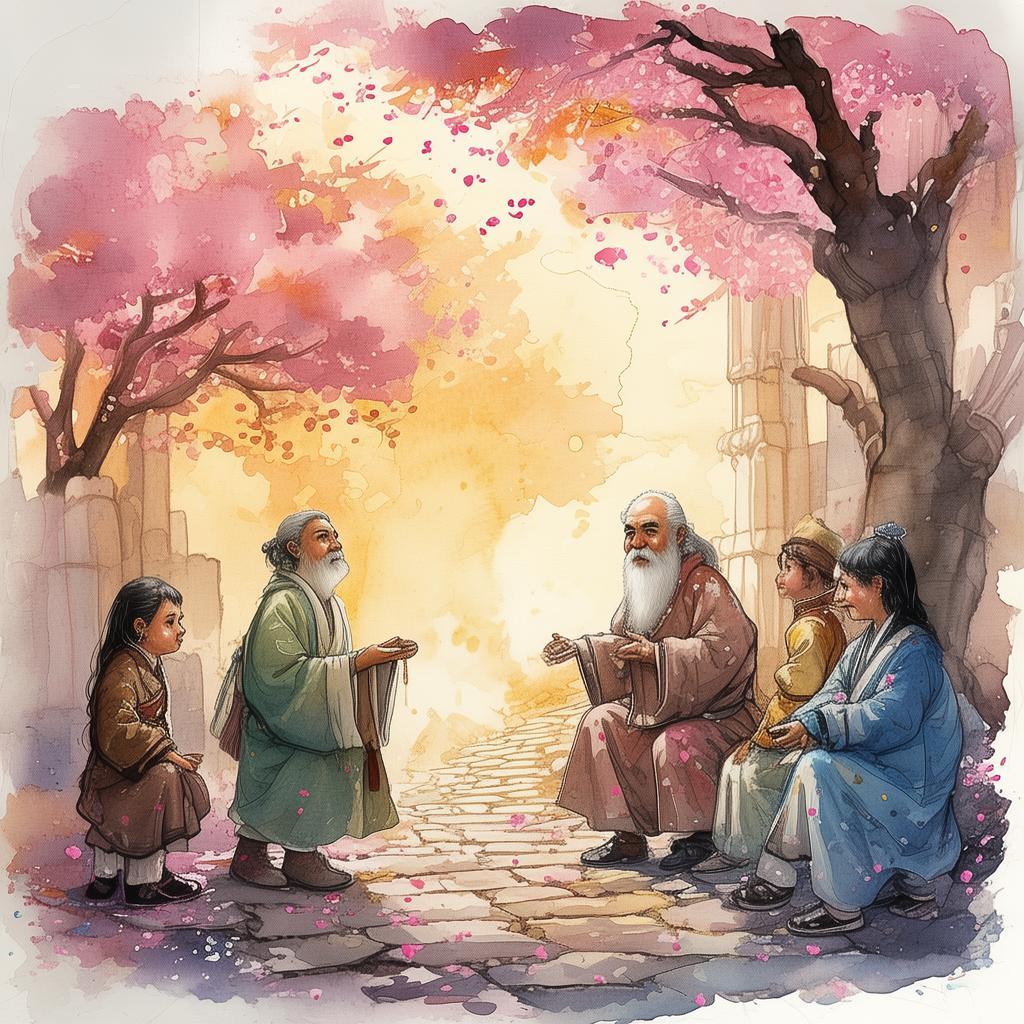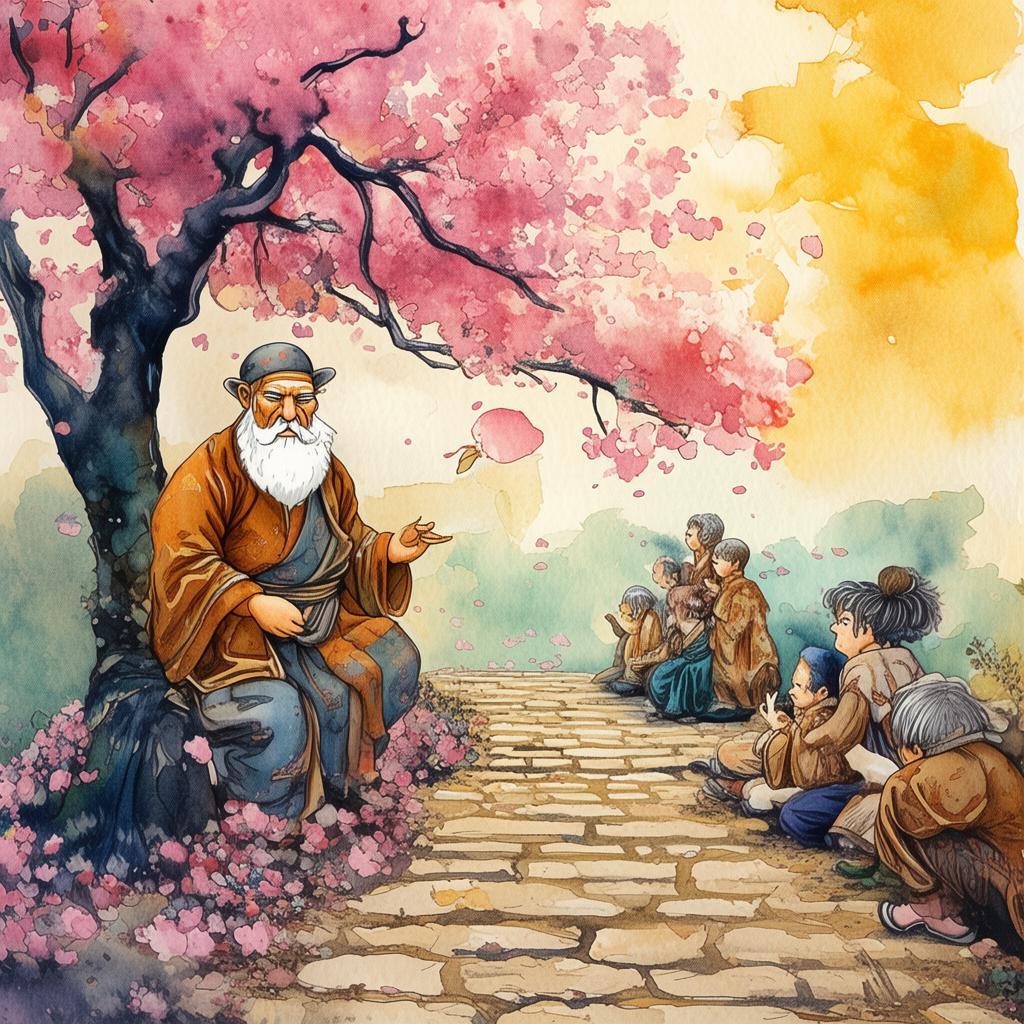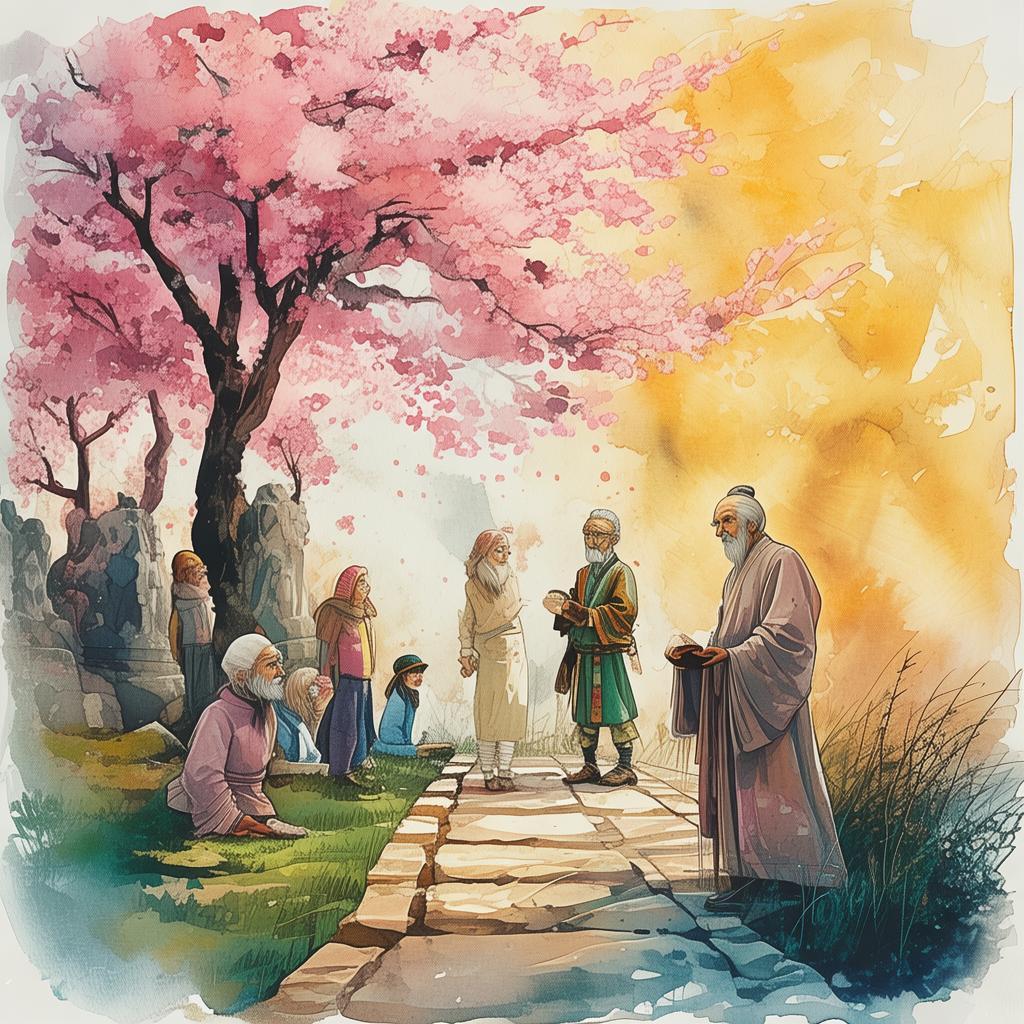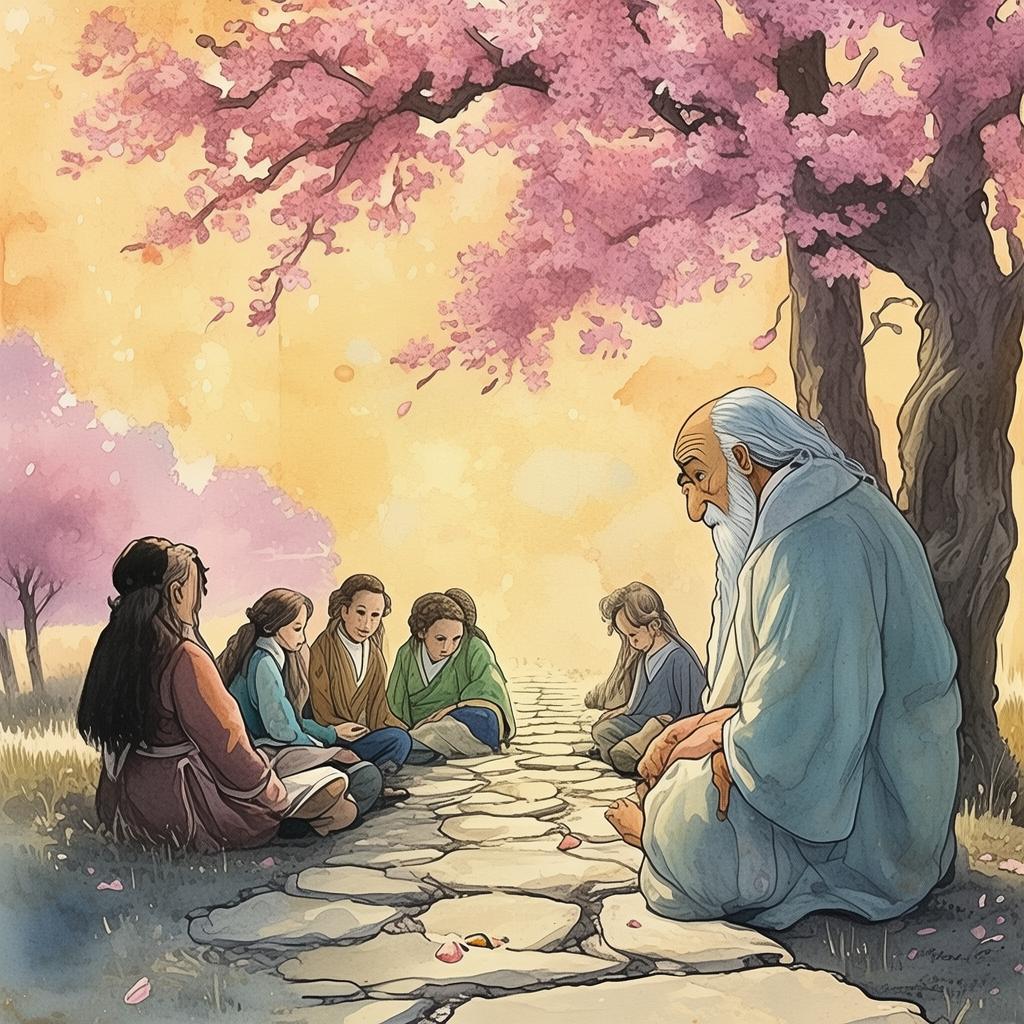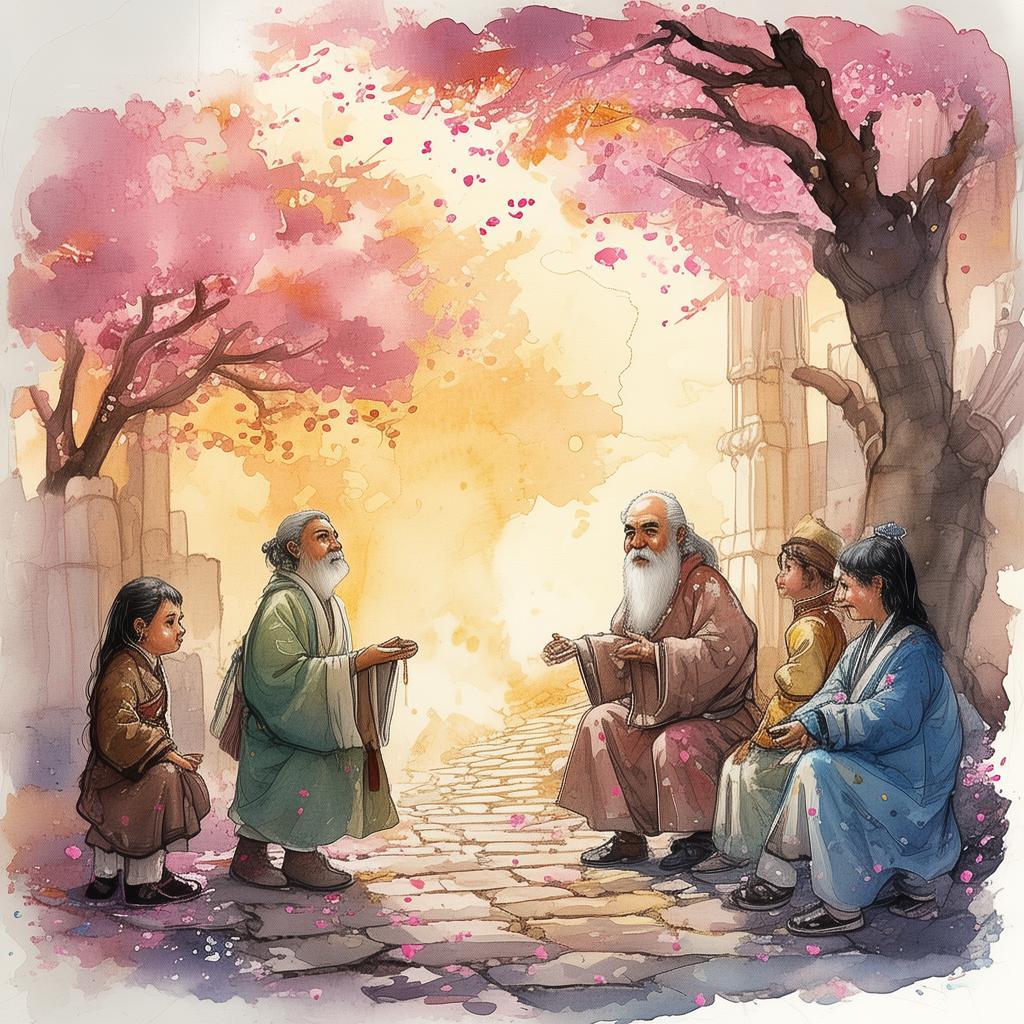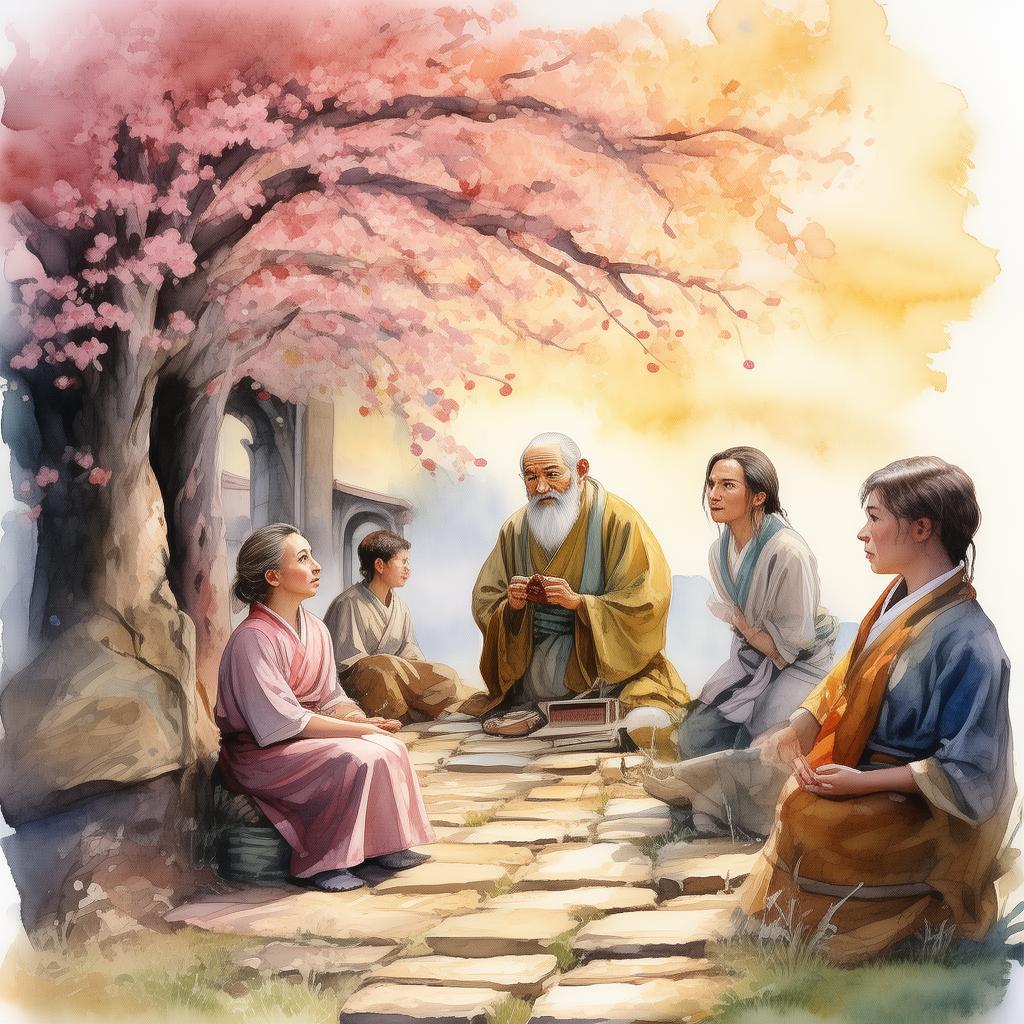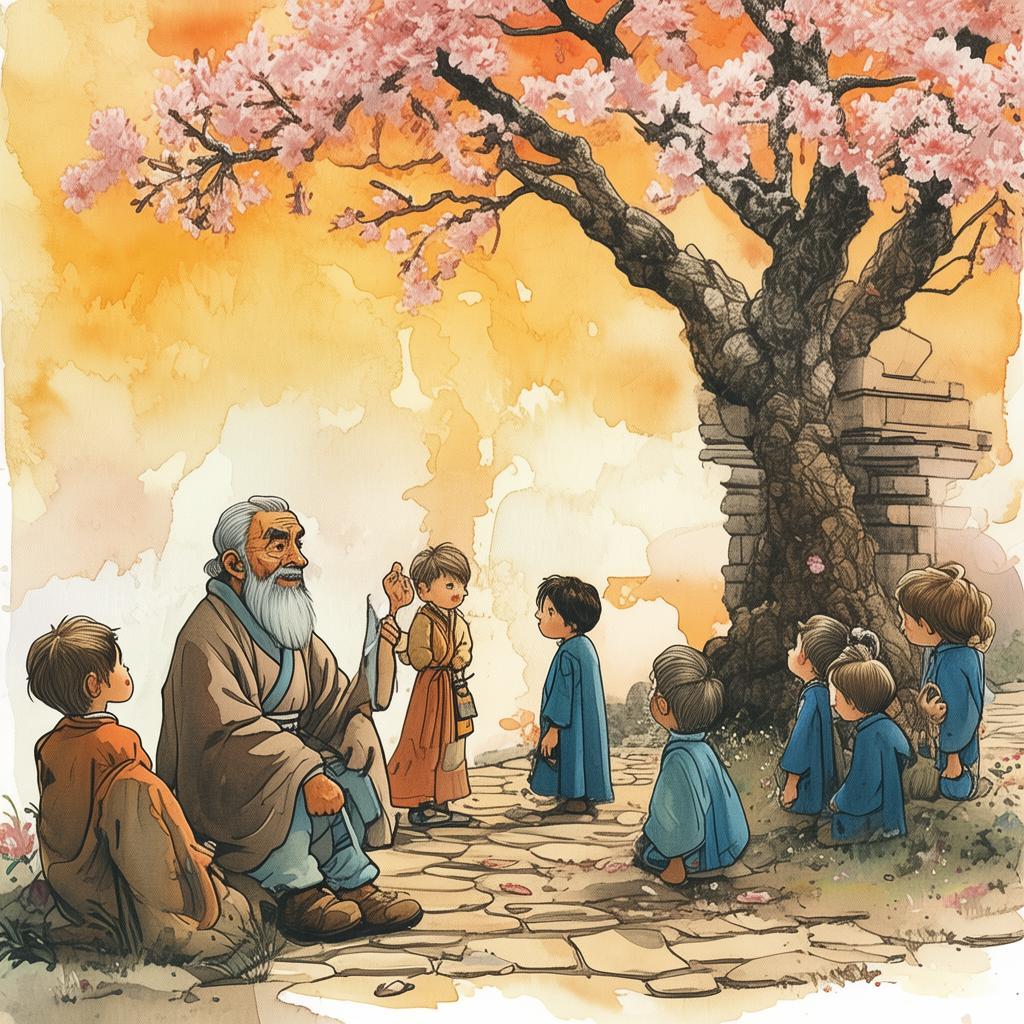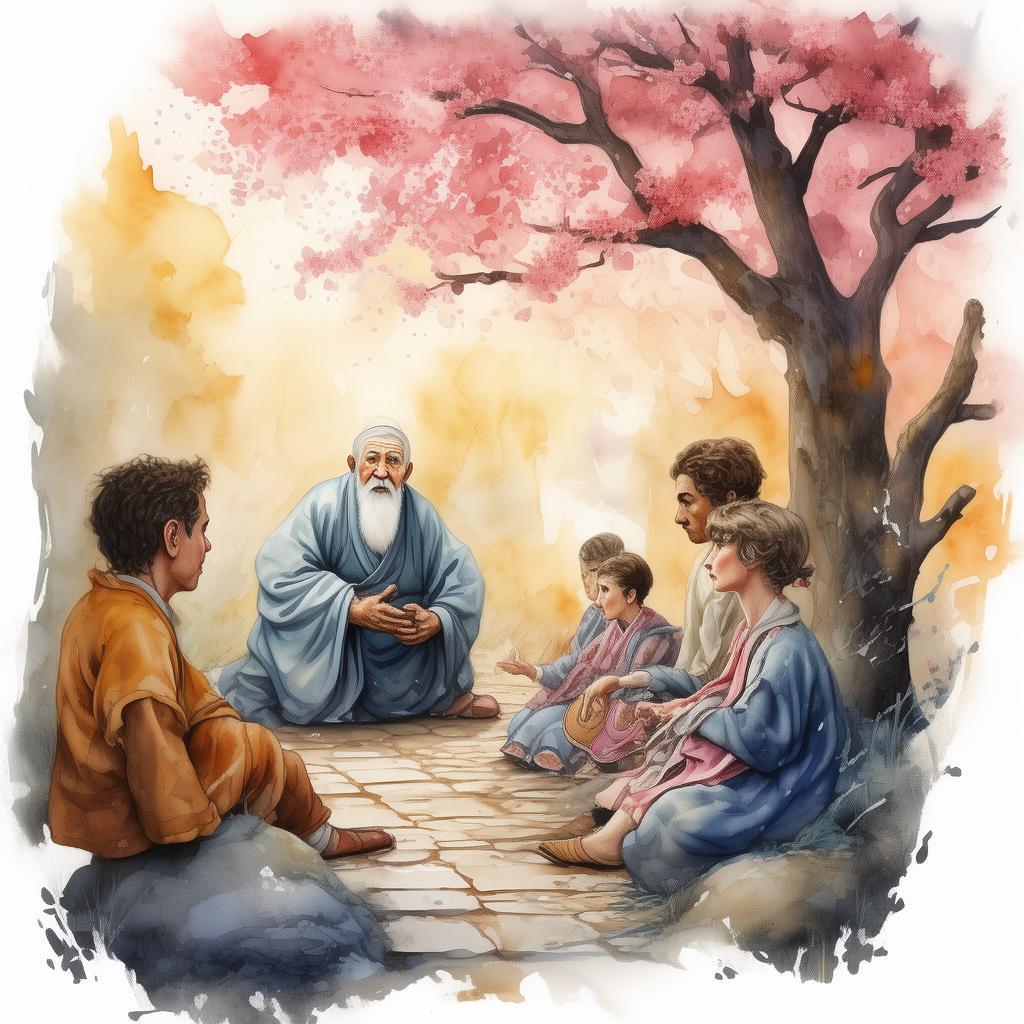Flipping the Script: The Mystery of the Upside-Down Garden
In the bustling metropolis of Beijing, nestled between towering skyscrapers and the serene, ancient walls of the Forbidden City, there was a quaint garden known to few. This garden, with its lush greenery and vibrant flowers, was unlike any other. It was upside-down.
The story begins with a young horticulturist named Ming, whose passion for gardening was matched only by his curiosity. One crisp autumn morning, while tending to the garden, he noticed something peculiar: the plants were not growing upwards, but downwards. The flowers, which were typically perched atop stems, were now hanging from the roots, and the leaves were drooping downwards, as if they were in perpetual sorrow.
Ming was fascinated by this anomaly and decided to investigate further. He began to study the plants, their roots, and the soil. He observed that the roots were strong and healthy, and the soil was rich and fertile. Yet, they were all inverted. Determined to uncover the reason behind this peculiar arrangement, Ming sought the wisdom of the local elders.
The elders, intrigued by Ming's quest, shared a story that had been passed down through generations. They explained that the garden had been created by an ancient master gardener who believed that the true essence of a plant lay not in its leaves and flowers, but in its roots. By growing the plants upside-down, the master gardener aimed to remind the world of the importance of strength, resilience, and the often overlooked foundation of life.
Ming was moved by the story and decided to adopt the garden as his own. He renamed it "The Upside-Down Garden" and began to share its unique beauty with the world. He hosted tours, spoke at conferences, and even wrote a book about the garden's philosophy.
As the word spread, people from all walks of life visited the garden. Each visitor left with a different perspective, inspired by the garden's message. However, Ming noticed a peculiar pattern emerging. The people who visited the garden were those who were struggling with their own lives—those who felt their roots were weak, their lives upside-down, and their futures uncertain.
One day, a young woman named Liang came to the garden. She was a successful lawyer, yet she felt empty and unfulfilled. She had achieved everything she had ever wanted, but something inside her was missing. As she wandered through the garden, she began to reflect on her life. She realized that she had spent so much time climbing the ladder of success that she had neglected the roots of her being—her relationships, her passions, and her sense of self.
Ming noticed Liang's contemplation and approached her. "Do you ever feel that your life is upside-down?" he asked. Liang nodded, her eyes glistening with unshed tears. "I want to change," she whispered.
Ming smiled gently. "The garden is here to remind us that the roots of our lives are always within reach. We just need to look beneath the surface."
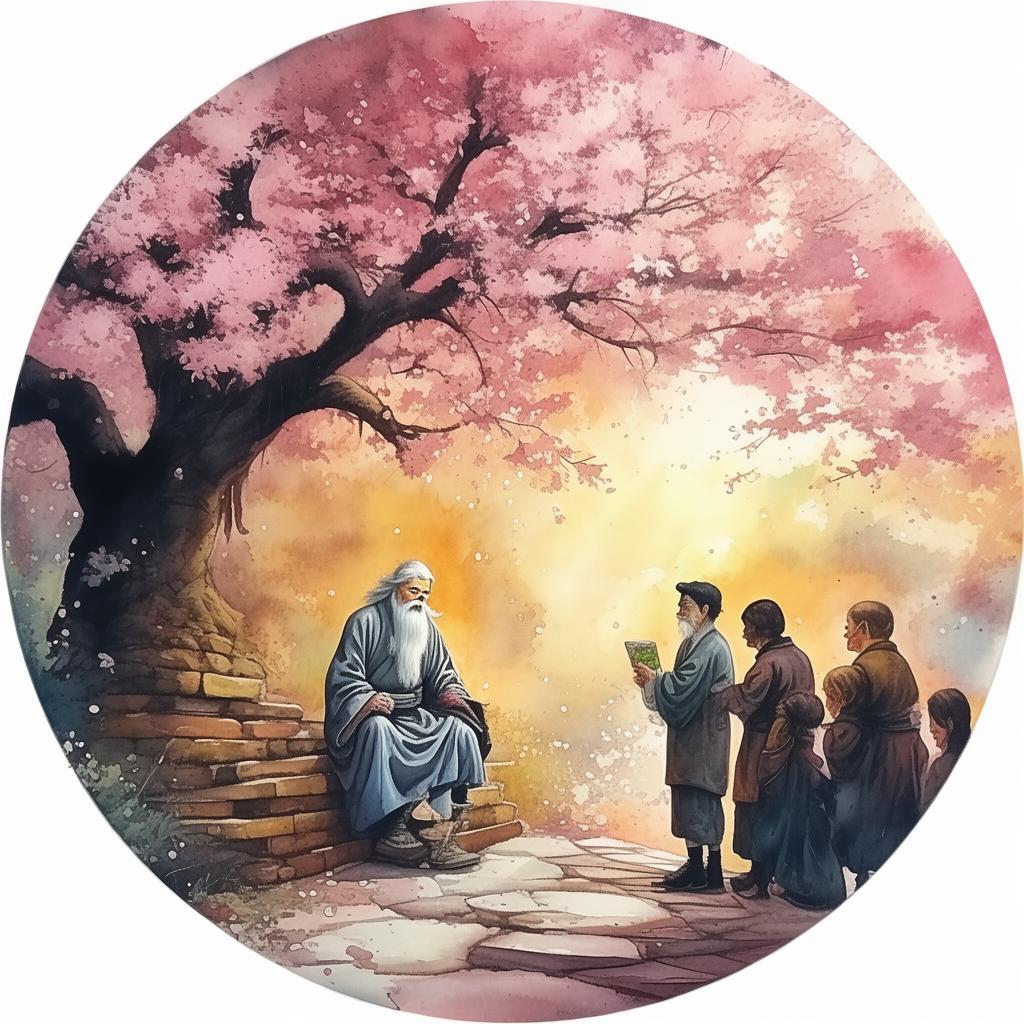
Liang's eyes widened as she understood the truth in Ming's words. She realized that she could not change her life by flipping it upside-down; she had to dig deeper, to strengthen her roots, and to rebuild her life from the ground up.
Ming and Liang became close friends, and together, they began to help others find their own roots. They hosted workshops, led discussions, and shared the garden's philosophy with the world. The garden became a sanctuary for those who were struggling, a place to find strength and clarity.
One day, as Ming was pruning a particularly stubborn plant, he looked up to see an elderly man sitting on a bench, watching him intently. "Why do you do this?" the man asked.
Ming smiled, his eyes twinkling with the wisdom of his experiences. "Because the garden is more than just plants; it's a lesson. It teaches us that sometimes, we have to flip the script and look at the world from a different angle."
The old man nodded, his eyes reflecting a lifetime of wisdom. "I think I've been looking at life upside-down for far too long," he said. "Thank you for showing me how to turn it right side up."
Ming continued his work, his heart full of gratitude for the garden and the lessons it had brought into his life. The Upside-Down Garden had become more than just a place of beauty; it was a place of transformation, a sanctuary for those who needed to find their roots and rediscover the true essence of life.
In the end, Ming's garden became a symbol of hope and resilience, a place where people could come to find strength in their roots, to flip the script on their lives, and to look at the world from a new perspective. And so, The Upside-Down Garden continued to thrive, a testament to the power of perspective, the importance of roots, and the beauty of transformation.
✨ Original Statement ✨
All articles published on this website (including but not limited to text, images, videos, and other content) are original or authorized for reposting and are protected by relevant laws. Without the explicit written permission of this website, no individual or organization may copy, modify, repost, or use the content for commercial purposes.
If you need to quote or cooperate, please contact this site for authorization. We reserve the right to pursue legal responsibility for any unauthorized use.
Hereby declared.
